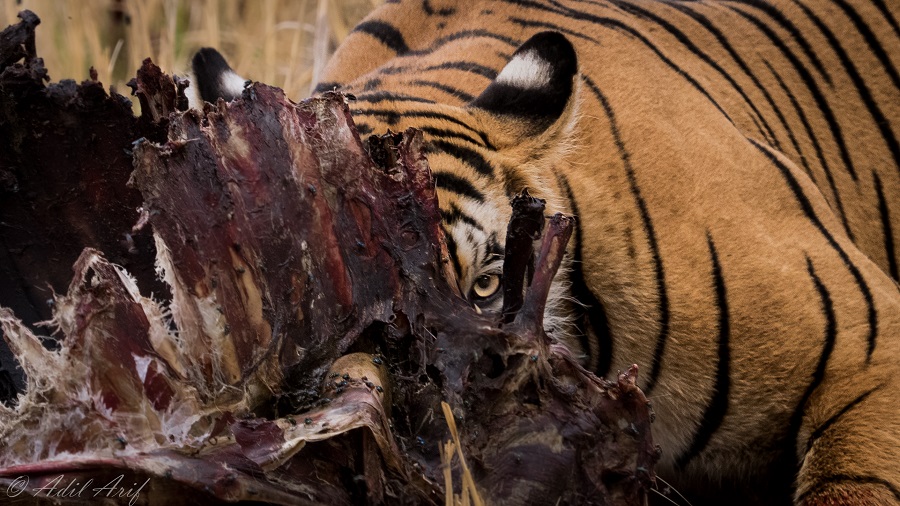In 1968, tiger hunting was banned. The need for a nationwide act for the protection of wild animals, birds and plants and issues related to ecological and environmental security of the country was passed. And that is how the Wildlife Protection Act, 1972 came into existence.
After the tiger was declared the national animal in 1973, the ambitious 'Project Tiger' was launched by then Union Tourism Minister Dr. Karan Singh at nine prime habitats of the country. As we celebrate 50 years of Project Tiger, we truly get to see that we’ve come a long way in preserving these iconic species. From nine, the number of tiger reserves has grown to an impressive 54. Official government records confirm that the tiger population more than doubled from an estimated 1,411 in 2006 to 3,167 in 2022.
Poaching and habitat loss were the main threats to the tiger population in India, with 1993 and 2006 being the most challenging years. Due to poaching, Panna and Sariska tiger reserves faced complete loss of population.
Today India is home to 70 per cent of the world’s 13 tiger-conserving countries.
Uttarakhand was first in the world to implement CATS (Conservation Assured Tiger Standers) to protect tiger in the Lansdowne Forest Division. This initiative is WWF-initiated effort to protect tiger outside tiger reserves. It is expected that CATS will further enhance tiger population in India and will act as the first step for landscape planning for tiger conservation in India.
Tigers are very adaptable and the exact same subspecies, the Bengal Tiger, can be found scattered across India in jungles, mangroves and dry forests.
The Bengal Tiger is the biggest species in the cat family, weighing as much as 300 kg or 660 lb. Despite their huge size, they can reach speeds of about 35 to 40 miles per hour. Like most other cats, the Bengal Tigers are solitary hunters.



